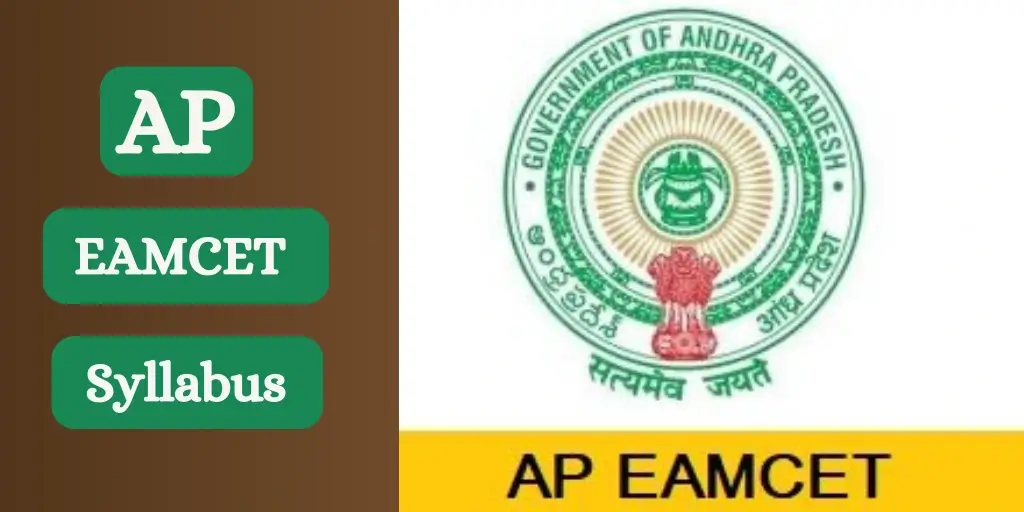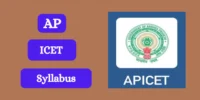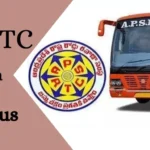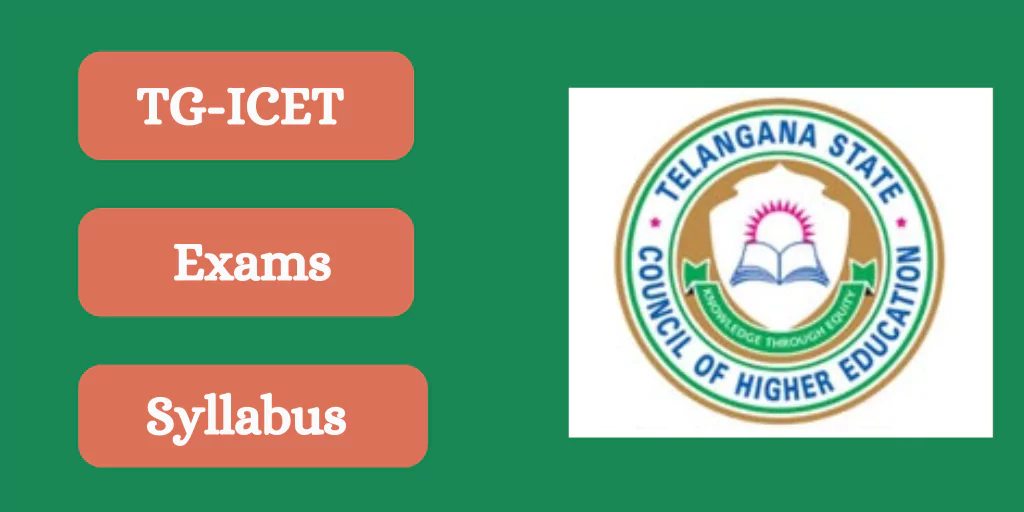Recently updated on January 27th, 2025 at 09:20 am
The AP EAMCET (Engineering, Agriculture, and Medical Common Entrance Test) is a state-level examination for undergraduate programs in Andhra Pradesh. The AP EAMCET syllabus is based on the subjects and themes taught in the 11th and 12th grades (or equivalent) by the Andhra Pradesh State Board of Education. Here’s a summary of the syllabus for the AP EAMCET, with a concentration on the Engineering stream:
Mathematics:

1. Algebra
- Sets, Relations, and Functions.
- Complex numbers.
- Matrices & Determinants
- Permutations and combinations.
- Binomial Theorem and Applications
- Sequences & Series
- Probability
2. Trigonometry
- Trigonometric Functions.
- Trigonometric ratios.
- Trigonometric equations.
- Inverse trigonometric functions.
- Properties of Triangles
3. Coordinate Geometry
- Straight lines.
- Conic Sections (Parabola, Ellipse, and Hyperbola)
- Coordinate geometry in three dimensions.
4. Calculus:
- Limits and continuity
- Differentiation
- Use of Derivatives
- Integration
- Differential equations
5. Vectors and Three-dimensional geometry:
- Vector Algebra.
- Scalar and Vector Products.
- Applications for Vectors
6. Statistics and probabilities:
- Measures for Central Tendency and Dispersion
- Probability distributions.
- Theorems and problems.
Physics:
Class XI:
- Physical World and Measurement
- Kinetics
- Laws of Motion
- Work, Energy, and Power
- Motion of System of Particles and Rigid Body.
- Gravitation.
- Properties of Bulk Matter.
- Thermodynamics
- Perfect gas behaviour and kinetic theory
- Oscillations and waves
Class XII:
- Electrostatics.
- Current Electricity.
- Magnetic Effects of Current and Magnetism.
- Electromagnetic Induction and Alternating Current
- Electromagnetic waves
- Optics
- The Dual Nature of Matter and Radiation.
- Atoms & Nuclei
- Electronic devices

Chemistry:
Class XI
- Some Basic Concepts in Chemistry
- Structure of Atoms
- Elements’ Classification and Periodicity in Properties
- Chemical Bonding & Molecular Structure
- State of Matter: Gases and Liquids
- Thermodynamics
- Equilibrium.
- Redox reactions.
- Hydrogen
- The s-block element (alkali and alkaline earth metals)
- Some p-block elements.
- Organic Chemistry: Basic Principles and Techniques.
- Hydrocarbons
- Environmental Chemistry.
Class XII:
- Solid State.
- Solutions.
- Electrochemistry
- Chemical Kinetics
- Surface Chemistry
- Principles and Processes for Elements Isolation
- P-Block Elements
- D and F Block Elements
- Coordination Compounds
- Haloalkanes & Haloarenes
- Alcohols, phenols, and ethers
- Aldehydes, ketones, and carboxylic acids.
- Organic Compounds containing Nitrogen
- Biomolecules.
- Polymers
- Chemistry in Everyday Life.
General Tips:
- Review the Official Syllabus: Always refer to the latest syllabus provided by the Andhra Pradesh State Council of Higher Education (APSCHE) or the official AP EAMCET website.
- Practice Previous Papers: Solve previous years’ question papers to understand the exam pattern and types of questions.
- Mock Tests: Take regular mock tests to assess your preparation and improve your time management skills.
- If you need specifics or updates, the AP EAMCET official website or the APSCHE will have the most accurate information.
Conclusion:
The AP EAMCET is, indeed, an important entry point for students wishing to pursue undergraduate programs in Engineering, Agriculture, and Medicine in Andhra Pradesh. Therefore, understanding the exam curriculum completely is critical for successful preparation. Furthermore, by focusing on essential areas in Mathematics, Physics, and Chemistry, students can effectively adjust their study plans to the test’s requirements. Additionally, regular practice with previous papers, mock tests, and a thorough understanding of the subject will, ultimately, boost confidence and performance.






